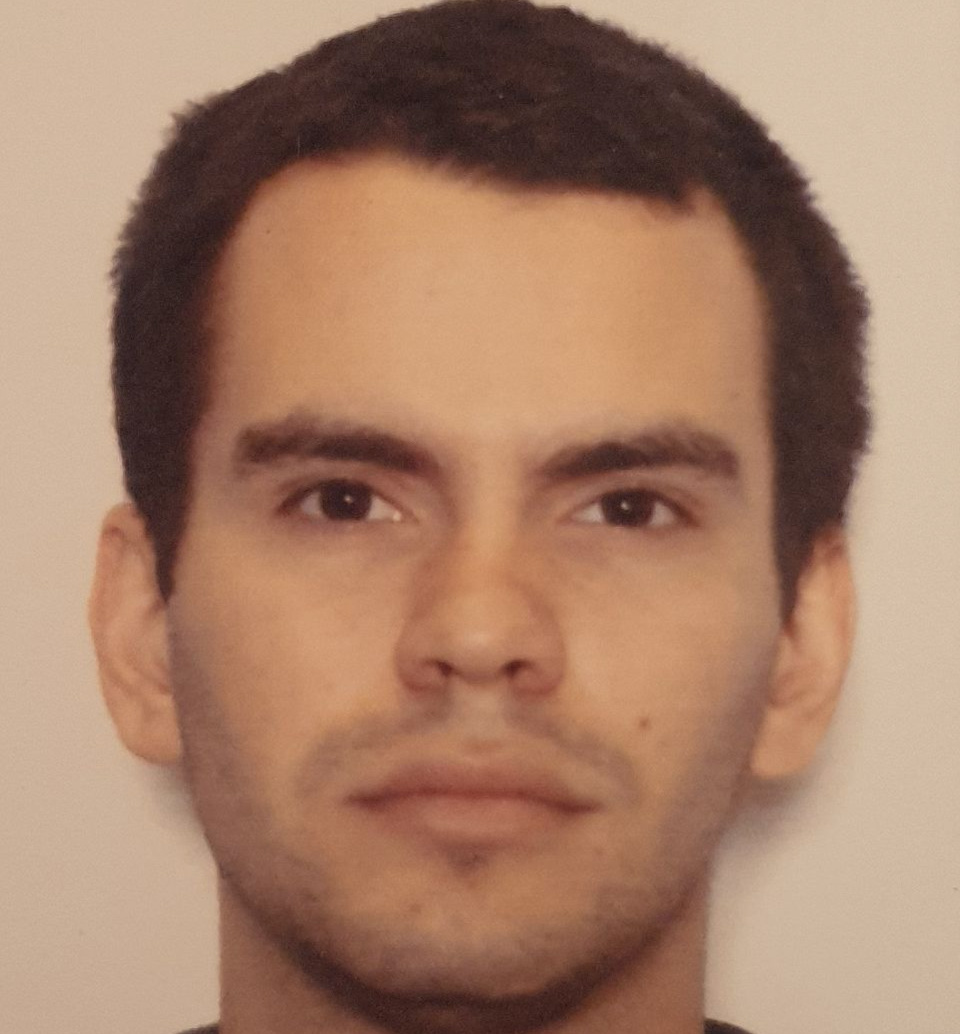Hydrocarbons bioavailability in oil-contaminated soils
Date:
The estimation of hydrocarbons bioavailability in oil-contaminated soils using extractants of different polarity
M. Gasanov, Lomonosov Moscow State University / Soil Science; Y. Leonteva, Lomonosov Moscow State University / Faculty of Soil Science.
 Investigations of the biological transformation of hydrocarbons in soils are based on the concept of limited bioavailability of hydrocarbons (as well as other hydrophobic organic pollutants) due to the distribution of hydrocarbons molecules within the soil matrix with the formation of various bonds with different components. Thus, the determination of the bioavailable fraction of hydrophobic organic pollutants is an important issue. Nevertheless, there is no one-size-fits-all approach currently, that can reliably determine the bioavailability of hydrocarbons. One approach is developed using a procedure of mild extraction with aliphatic alcohols - most commonly is n-butanol. The goal of our study was to evaluate the effect of various parameters on hydrocarbons extraction from soils contaminated with HC from different sources (oil, aerosol particulate matter). Extraction time (1–16 hours) and solvent polarity (BuOH 100%, BuOH:H20=90:10) were evaluated in several model experiments with different times of soil pollution (1, 21, 100 days). Analytical determination of hydrocarbons in soil samples was performed using reverse-phase high-performance liquid chromatography (Agilent HPLC 1260 infinity) with a fluorescence detector (Agilent 1260) and gas chromatography-mass spectrometry (Agilent 6890/5973 GC–MS) During the study. The following results were obtained: Different degrees of polarity (the presence of water in the extractant) does not have a noticeable effect on the degree of extraction of bioavailable hydrocarbons from significantly oil-contaminated soils (10%). Significant differences between extractants of different polarity in soils with a high level of hydrocarbon oil pollution weren’t found. The addition of water to butanol significantly increased the efficiency of PAH extraction in soils with low pollution. Within the first 8 hours of the interaction of the soil with the extractant, the increase in hydrocarbon output from the soil was revealed. Sufficient time for carrying out the extraction of bioavailable hydrocarbons was 8 hours; the further extraction time did not increase the output. The significant influence of centrifugation on the output of all PAHs analyzed was not detected. The output of the bioavailable fraction of hydrocarbons of the studied soils decreases with an increase in the period of pollution (soil aging).
Investigations of the biological transformation of hydrocarbons in soils are based on the concept of limited bioavailability of hydrocarbons (as well as other hydrophobic organic pollutants) due to the distribution of hydrocarbons molecules within the soil matrix with the formation of various bonds with different components. Thus, the determination of the bioavailable fraction of hydrophobic organic pollutants is an important issue. Nevertheless, there is no one-size-fits-all approach currently, that can reliably determine the bioavailability of hydrocarbons. One approach is developed using a procedure of mild extraction with aliphatic alcohols - most commonly is n-butanol. The goal of our study was to evaluate the effect of various parameters on hydrocarbons extraction from soils contaminated with HC from different sources (oil, aerosol particulate matter). Extraction time (1–16 hours) and solvent polarity (BuOH 100%, BuOH:H20=90:10) were evaluated in several model experiments with different times of soil pollution (1, 21, 100 days). Analytical determination of hydrocarbons in soil samples was performed using reverse-phase high-performance liquid chromatography (Agilent HPLC 1260 infinity) with a fluorescence detector (Agilent 1260) and gas chromatography-mass spectrometry (Agilent 6890/5973 GC–MS) During the study. The following results were obtained: Different degrees of polarity (the presence of water in the extractant) does not have a noticeable effect on the degree of extraction of bioavailable hydrocarbons from significantly oil-contaminated soils (10%). Significant differences between extractants of different polarity in soils with a high level of hydrocarbon oil pollution weren’t found. The addition of water to butanol significantly increased the efficiency of PAH extraction in soils with low pollution. Within the first 8 hours of the interaction of the soil with the extractant, the increase in hydrocarbon output from the soil was revealed. Sufficient time for carrying out the extraction of bioavailable hydrocarbons was 8 hours; the further extraction time did not increase the output. The significant influence of centrifugation on the output of all PAHs analyzed was not detected. The output of the bioavailable fraction of hydrocarbons of the studied soils decreases with an increase in the period of pollution (soil aging).
